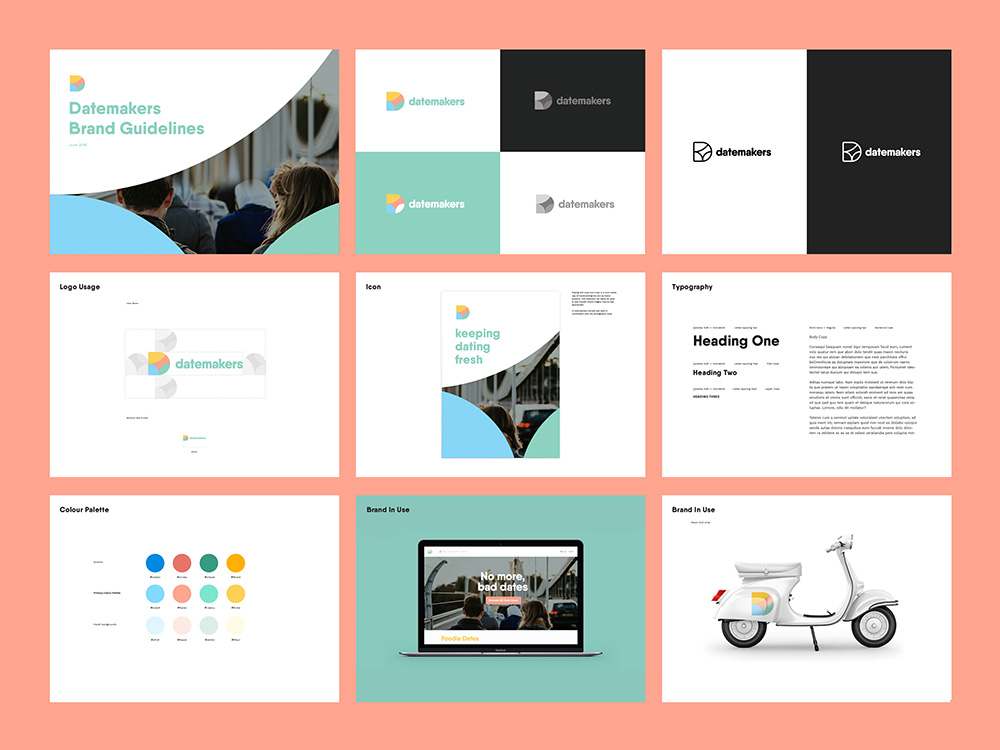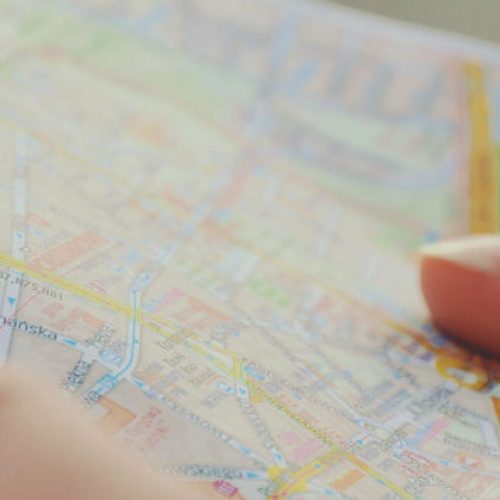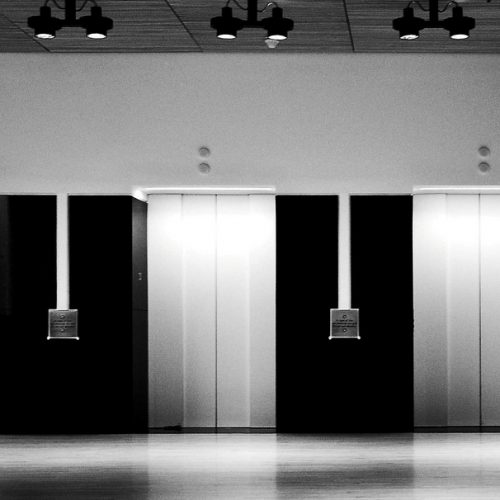Most people don’t need to be told about the significance of brand. Classics like CocaCola and Cadburys can bring back treasured memories of childhood treats, and brands such as Burberry are held in such high regard and status that the luxury fashion retailer would rather burn millions of pounds worth of unsold stock than sell it at a discounted rate.
The best brands are perennial and evoke feeling. As written more extensively by Scott Goodson in Forbes, “brands outlive products”.
For early-stage startups in particular, establishing and asserting a brand can be the difference between succeeding and not. But, even for huge companies, the costs are extremely high just to maintain their brand’s status (which has often been cultivated over many decades). At the other end of the spectrum, it’s (quite literally) another story, and the inevitable uncertainty in the early-stages of business growth can make this process particularly tricky.
So we spoke to branding and design expert Tom Williams for some of his best advice for startups looking to overcome uncertainty, stand out and make the most of their brand.
Tom’s been a creative at heart all his life, studying Visual Communication at university and going on to work in design and branding in the charity sector for 8 years.
But he always felt the draw of the startup world and set up his own startup branding agency Tilt in 2016. He has been designing brands for early-stage startups ever since.
People talk about the importance of brand a lot. But what does branding really consist of?
Tom: People often think that a brand is simply a logo but branding in essence is somebody’s experience of your company or your product, and there are lots of different things that can affect that.
Everything you do acts as an anchor to pull users or customers back to the feeling associated with your core message and brand
The angle that I take, with design being the main element that shapes that view, is about constructing a very clear and simple core message of why you’re doing what you’re doing.
Everything should align with that from every touch point that someone has as an experience with your company. In its simple terms that means having designed elements, such as icons, typography and colour scheme that you can keep using in a consistent and familiar way. Every little thing is just an anchor to pull users or customers back to that feeling associated with your core message and brand.
How important is it for startups to get their branding right in the early stages?
Tom: Particularly where the startup world has, over time, become incredibly competitive – the first-mover advantage has diminished, so using design and branding as an early competitive advantage is something that we see huge value in. It is one of the cornerstones of why we set up Tilt.
If you look at the journey of a startup as achieving a series of proof points that lead onto the next stage of funding and growth, getting your brand right early on can make the difference between whether you get the chance to move onto the next stage of your journey (growing and continuing your business) or not.
Branding will also ensure people know that a company is unique and why they’re unique and can be used to communicate that more broadly. If people don’t know about your product then they can’t be exciting about it or believe in it.
What are the most common mistakes you see startups make when building their brand?
The more you can stay consistent, the more you’re going to build trust
Tom: There’s a lot of startups out there and a lot of excitement from their founders, especially early on. As a result things can remain quite fluid which can be great. But in terms of branding, particularly with design being so subjective, founders can often get quite involved and will sometimes take things in many different creative directions.
The main thing we say to everyone is that consistency is above all else the most important factor because branding is a tool that’s performing a function, so the more you can stay consistent, the more you’re going to build trust and the more people will believe in what you’re doing.
What are the top things you’d recommend a startup to do when they’re thinking about building their brand?
Tom: Startups should always think strategically. The first thing we do when we work with startups is a two-hour brand strategy sprint which sets the tone for the whole of the design and branding project. It’s incredibly useful for us because it makes everything objective.
You must have clarity on your core message from the start
We set out a framework that helps us to gain absolute clarity on why a startup is doing what they’re doing, because that’s the interesting bit that they can build their brand on.
If you do this within your startup and it needs to change at a later date it can, but if you have clarity on your core message from the start, there’s less room for confusion if the brand is redesigned at a later date.
Can you give me a real-life example of how this has worked with one of your startup clients?
Tom: One example of an early-stage startup we worked with to do this was Datemakers, a startup that allows people to discover and book dates and activities for two.
During the strategy sprint, the concept we came down to was the idea of a relationship between two people that was not necessarily romantic. Building on this we looked at visual elements we could expand on that would best represent this kind of relationship in a clever and simple way that wasn’t really cheesy.
That was more or less the starting point and we followed three or four different conceptual routes from there to demonstrate how they might visualise that. Once we came to rest on a route we felt was the strongest we were then able to start developing design-wise and reiterate over the best execution for it.
It wasn’t until that was signed off that we built up all the specific assets, such as the logo suite, typography etc

What about startups at pre or early investment stage, how would they go about those first stages of trying to figure out colours and how a brand turns into something visual?
Tom: There’s lots of great resources online. We write our own blog with insights twice a month, offering exactly that sort of general design advice that you might be able to employ yourself at the really early stages, particularly in terms of developing proof of concept.
But some tools are less useful, for example there are a lot of generic logo builders out there. And I think they can have a place very early on, but it’s recognising what you’re getting off the shelf as it’s always going to be quite generic. Even early on, you’d want to launch with a bit more conviction than that.
Really it’s about spending the right money at the right time. Particularly if you look at the startup funding cycle, you need to be investing in order to get you to the next proof point. And getting your branding right will be key to this.
Header photo by Thibaut Nagorny
If you’d like to discuss your startup or project, get in touch with Simpleweb today.



